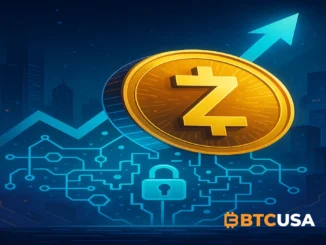
Polygon forecasts a global stablecoin supercycle
According to Aishwary Gupta, head of global payments and RWA at Polygon, the crypto industry is approaching a powerful new phase driven by massive stablecoin adoption. He believes that every major bank and technology company will eventually launch its own stablecoin, pushing the number of issuers to as many as 100,000 over the next five years.
This shift, in his view, marks the beginning of a stablecoin supercycle unlike anything seen before in the financial system.
Capital is moving from banks to blockchains
One of the key dynamics behind this forecast is the gradual migration of capital from traditional banking infrastructure to blockchain networks. As on-chain settlement becomes faster, more transparent, and more programmable, businesses and individuals are increasingly comfortable holding and transacting value in digital form.
Stablecoins, which are typically pegged to fiat currencies, are becoming the bridge between traditional money and the on-chain economy.
Banks will respond by issuing deposit-backed tokens
Instead of trying to block the trend, banks are expected to adapt by creating their own deposit-backed tokens. These instruments would represent customer deposits on a blockchain, allowing banks to remain relevant while benefiting from lower settlement costs and instant transfers.
As more institutions join the race, competition for deposits is likely to become significantly more intense.
Payments will become an invisible multi-currency network
Gupta also highlights a fundamental transformation in the way people pay and receive money. In the future, the sender and the receiver may use completely different currencies — fiat, stablecoin, or even tokenized assets — while the conversion happens automatically in the background.
Payments will effectively become a seamless “mesh network,” where users no longer need to think about exchange rates, rails, or intermediaries.
What this means for crypto and Web3
If this vision plays out, stablecoins could become the dominant form of digital money worldwide. Networks like Polygon, which focus on scalability, low fees, and integration with real-world assets, may become critical infrastructure for this new financial layer.
Rather than replacing existing systems overnight, the stablecoin supercycle could weave itself into everyday life, transforming how individuals, businesses, and even governments move and store value.
What to watch next
Market participants will now be tracking:
– New stablecoin launches from banks and tech firms
– Growth of on-chain payment volumes
– Regulatory clarity around digital currencies
– Tokenized deposits and real-world assets
These trends will determine whether the predicted supercycle becomes a reality and which blockchains emerge as its primary settlement layers.


